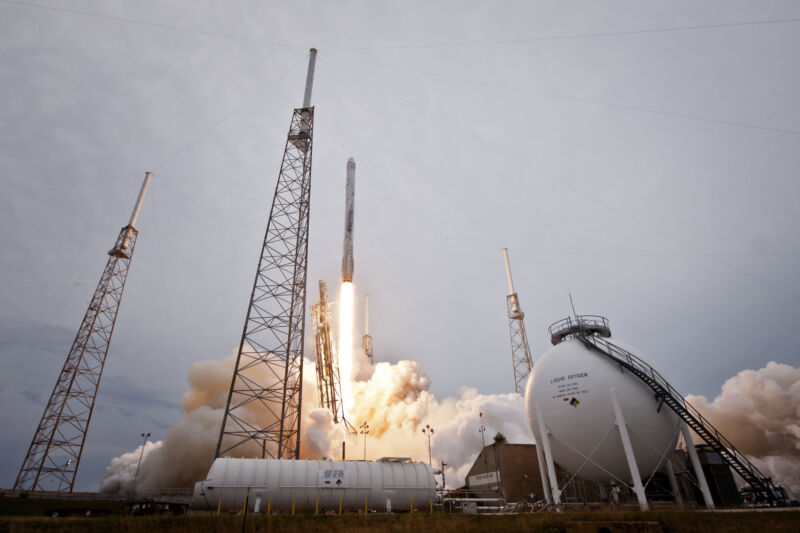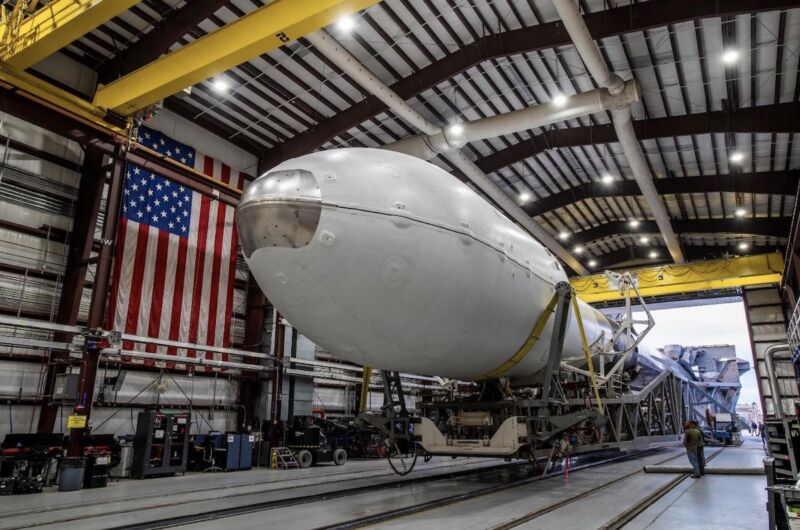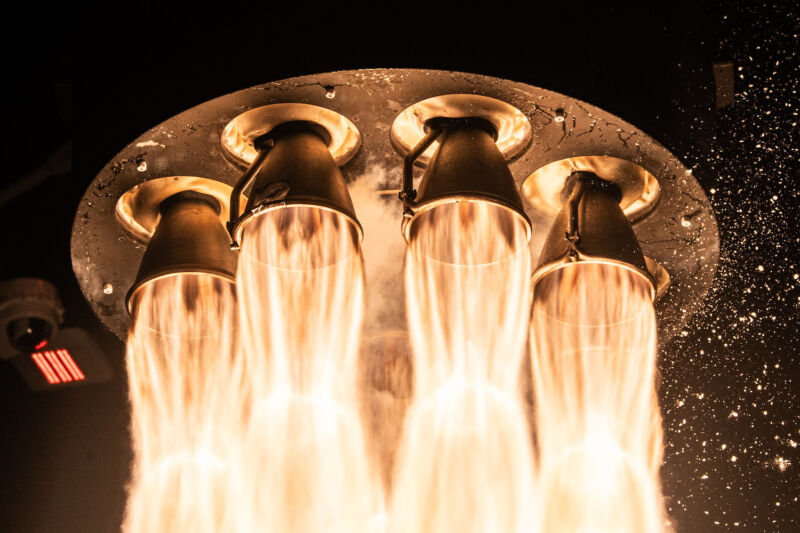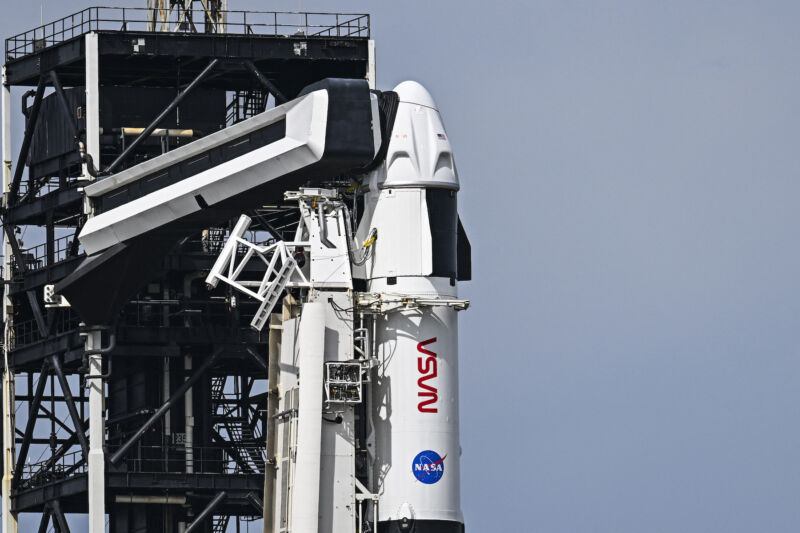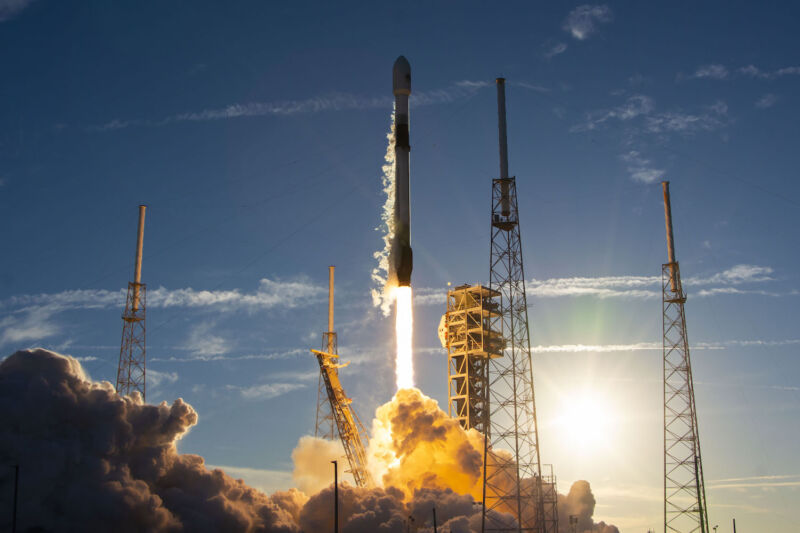-
 chevron_right
chevron_right
Rocket Report: Starship could save Mars Sample Return; BE-4s for second Vulcan
news.movim.eu / ArsTechnica · 11:00 · 1 minute
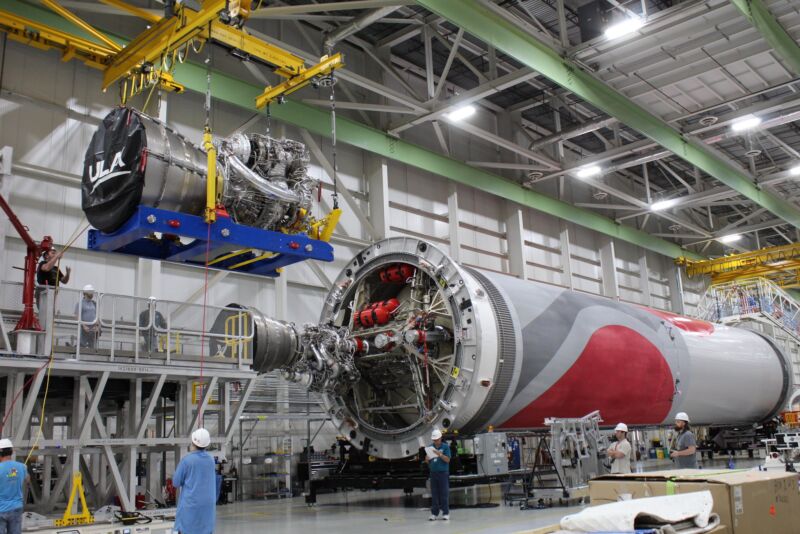
Enlarge / A BE-4 engine is moved into position on ULA's second Vulcan rocket. (credit: United Launch Alliance )
Welcome to Edition 6.40 of the Rocket Report! There was a lot of exciting news this week. For the first time, SpaceX launched a reusable Falcon 9 booster for a 20th flight. A few miles away at Cape Canaveral, Boeing and United Launch Alliance completed one of the final steps before the first crew launch of the Starliner spacecraft. But I think one of the most interesting things that happened was NASA's decision to ask the space industry for more innovative ideas on how to do Mars Sample Return. I have no doubt that space companies will come up with some fascinating concepts, and I can't wait to hear about them.
As always, we welcome reader submissions , and if you don't want to miss an issue, please subscribe using the box below (the form will not appear on AMP-enabled versions of the site). Each report will include information on small-, medium-, and heavy-lift rockets, as well as a quick look ahead at the next three launches on the calendar.

Going vertical Down Under. Gilmour Space has raised its privately-developed Eris rocket vertical on a launch pad in North Queensland for the first time, the Australian Broadcasting Corporation reports . This milestone marks the start of the next phase of launch preparations for Eris, a three-stage rocket powered by hybrid engines. If successful, Eris would become the first Australian-built rocket to reach orbit. Gilmour says the maiden flight of Eris is scheduled for no earlier than May 4, pending launch permit approvals. This presumably refers to a commercial launch license from the Australian government.

